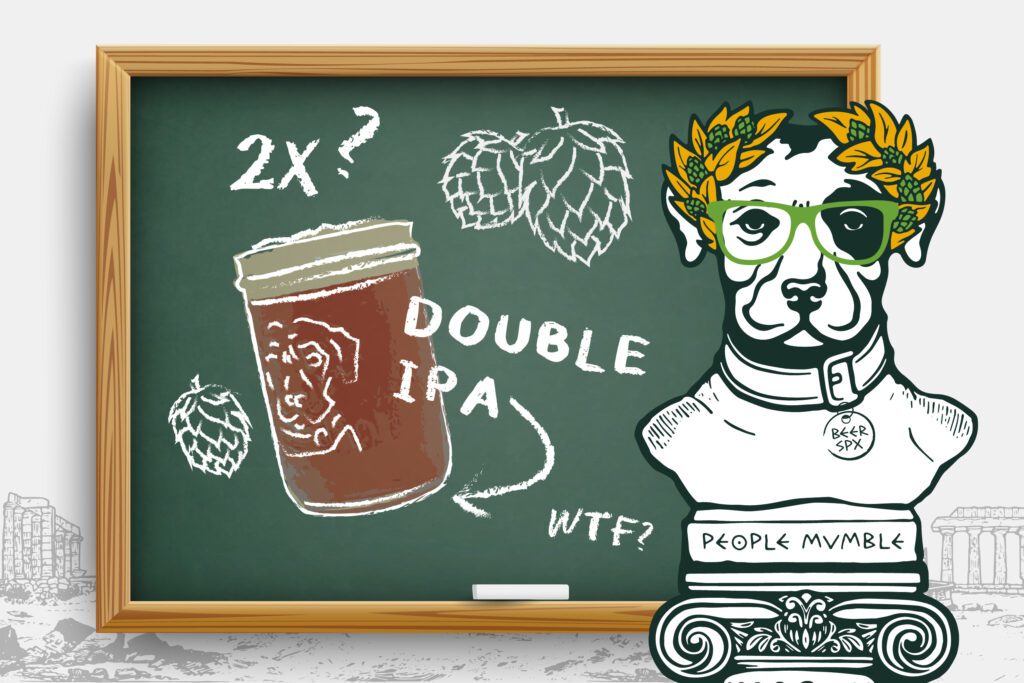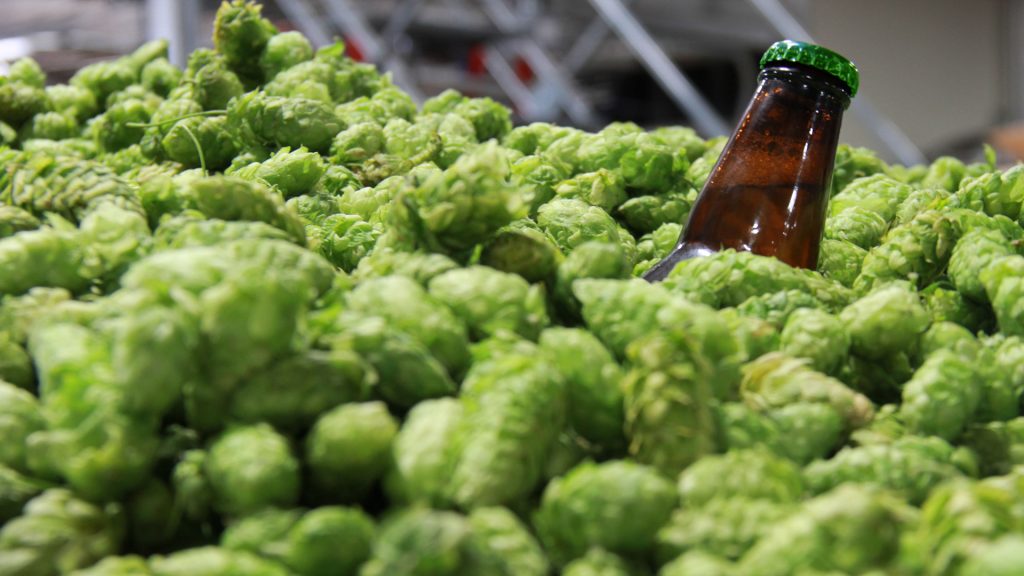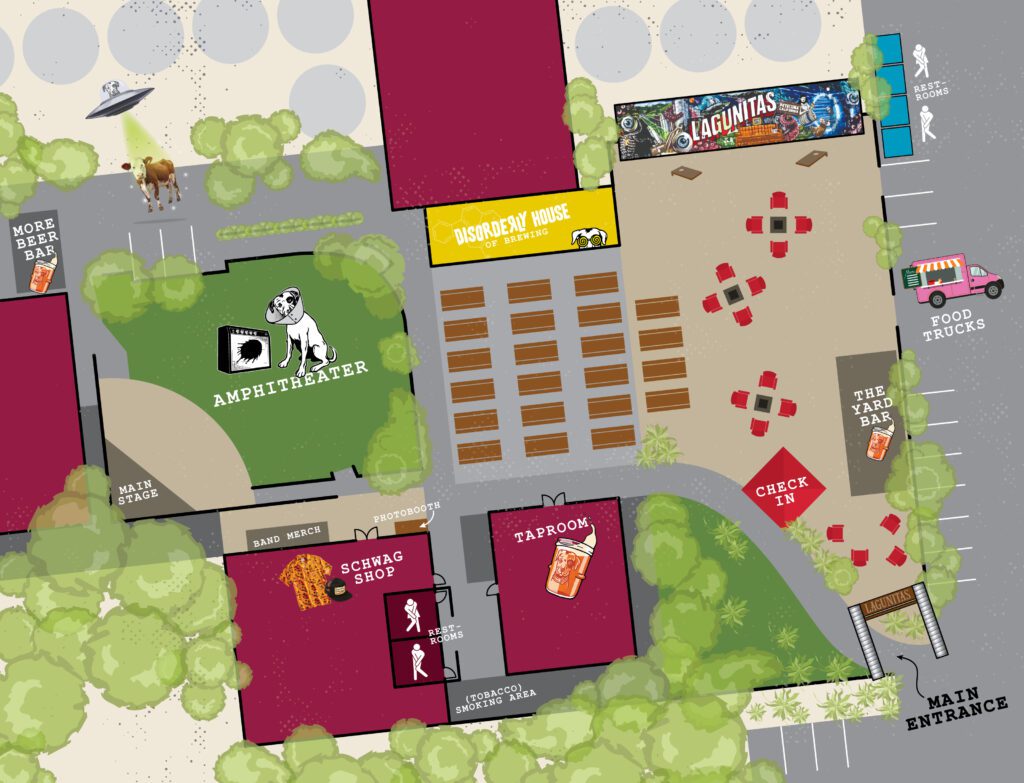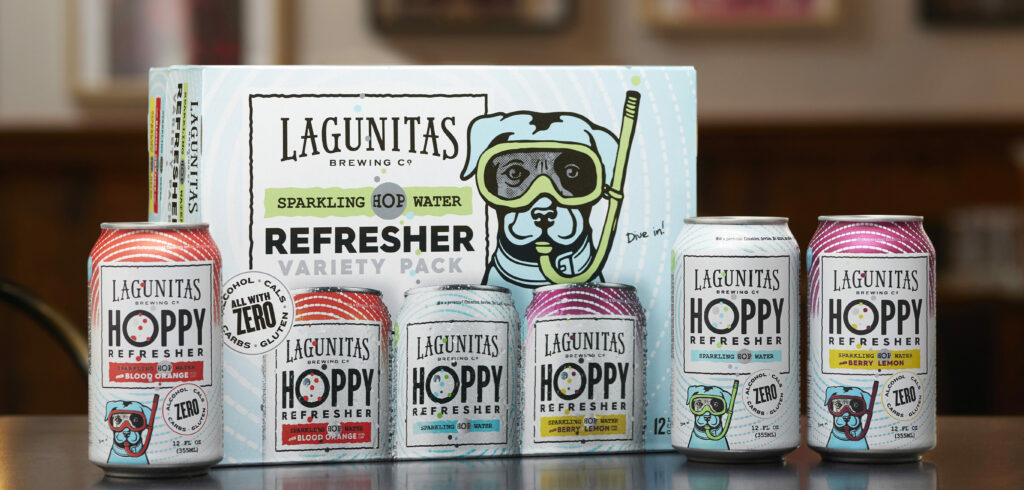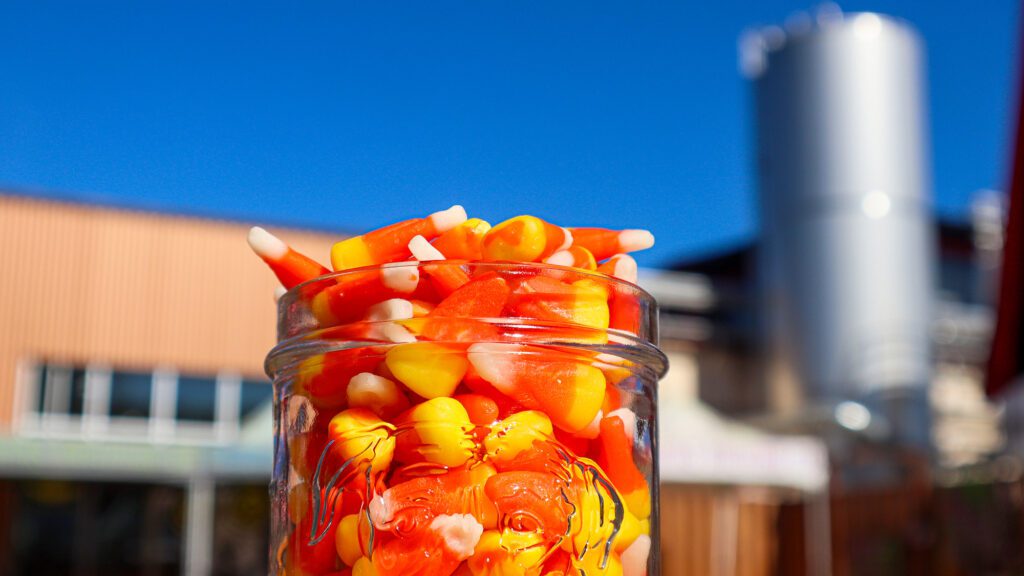DIPA, an innocuous looking acronym stands for Double IPA. Wait what? Do we literally mean double of an IPA? What the heck even is an IPA? How do we double it? To answer these questions, we are going to dive into a history lesson, discuss how beer styles are set, and finally explore details of how these beers are made, what sets them apart, and how all of this led us to making Maximus, our colossal take on a Double IPA.
THE HISTORY
Let’s start with the main question: What the heck is an IPA? Standing for India Pale Ale, the IPA style is the most popular craft beer style by far. And in our opinion, the best craft beer. Actually, the best beer beer. But why is it called India Pale Ale?
Welp, get ready to take some notes because here comes that history lesson for ya! The most commonly told version of the story goes something like this: In the late 18th & 19th centuries the English had formed a vast global empire, and a large part of their empire was India. India is a country most of us think of as hot and muggy, and because of this, no one wanted to drink dark beers, because, well, dark beers taste better when not hot and muggy. At the time, beer was not being produced in India – it was only being shipped there. However, they were not at the time producing beer in India, so all of it was produced in England for exporting to the drinking community there. Some enterprising brewers figured out that by brewing to higher alcohol and adding more hops the beer would survive the journey to India better, hence the India Pale Ale (IPA) was born.
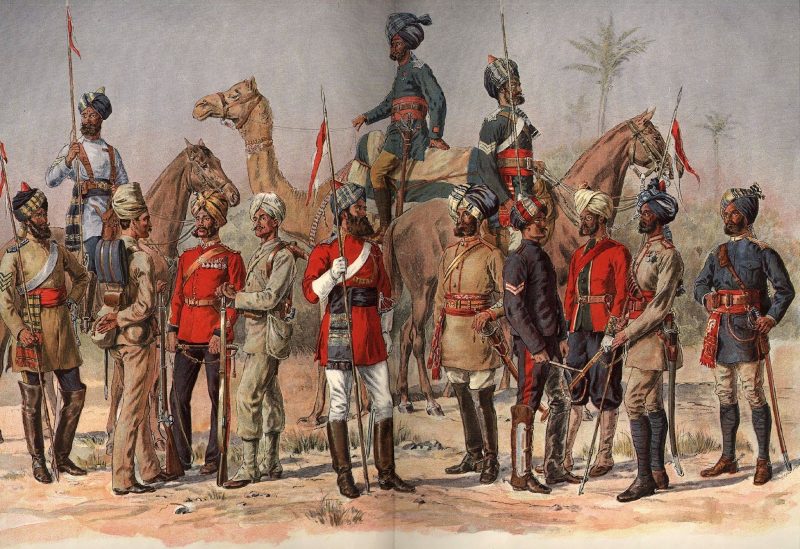
The problem is that story isn’t technically correct. Porters and other dark beers were still exported and enjoyed abroad, but other styles that were lighter in color were also shipped abroad, including one called an “October beer” from Bow Brewery, debatably called the original IPA. The reason the beer from Bow Brewery is considered the first IPA comes mostly from the fact that the brewery was located close to the Thames where the ships from the East India Company docked, making it easy to get beer on the ships.
Often these beers were slightly higher in alcohol (but by no means considered “strong” beers compared to others of the times) and were also slightly higher hopped, which did help with microbial stability. However, the biggest advantage these beers had come from the type of malts used in production. They used lighter, more highly attenable, malts, which lead to less residual sugar. This meant ‘less food’ for unwanted organisms to feed on and spoil the beer, meaning these beers transported better. Boom. You get a science lesson too!
So, by the mid-19th century, the IPA style was in much demand in England and abroad, being a beer with slightly higher hops and alcohol than porters and most ales. But, if you have been drinking recent craft IPAs, you’d hardly recognize these as IPAs, and tasting closer in style of Belgian hoppy ales.
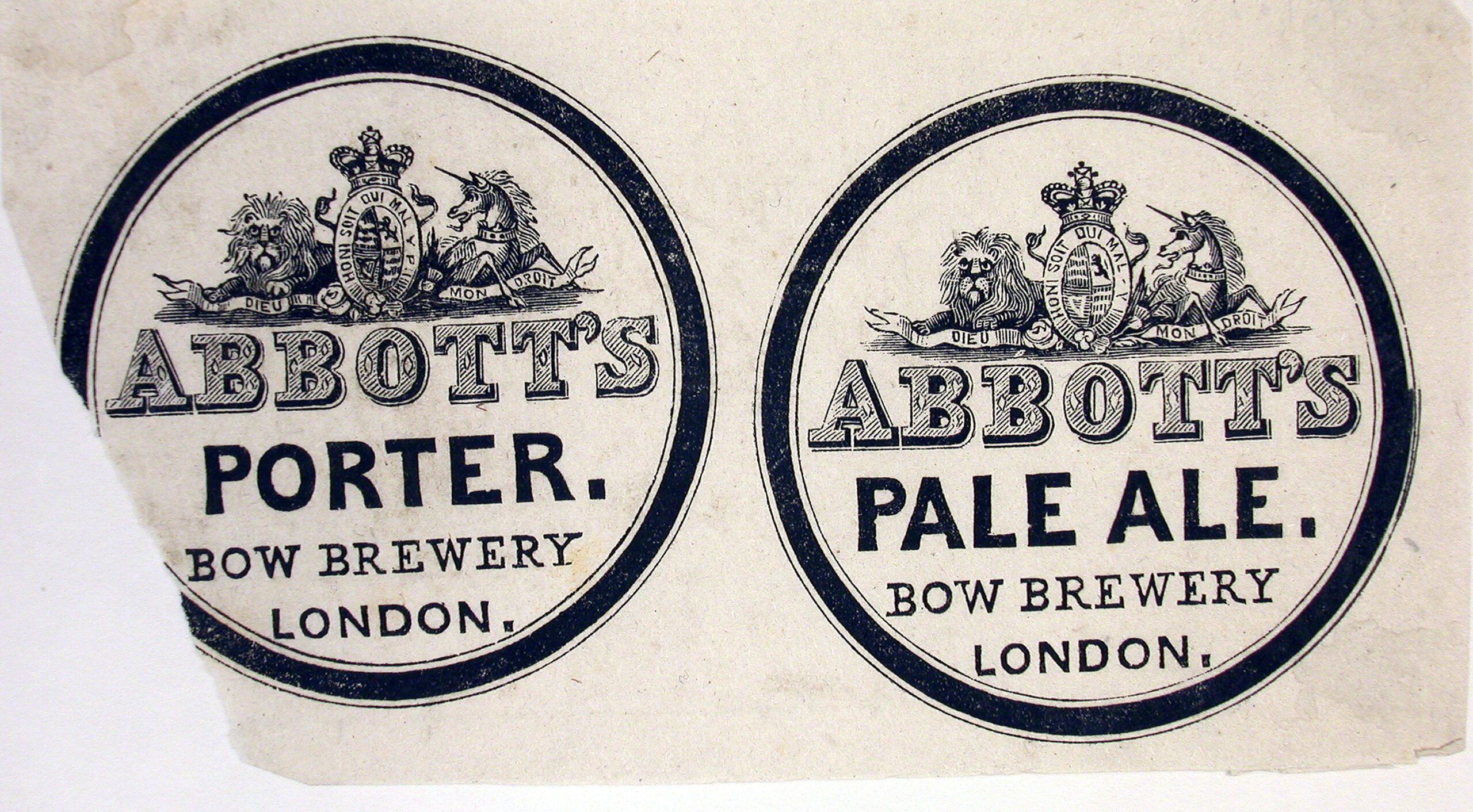
HOP HEAD HEAVEN
So how do we get to double IPA? Well, as with most things craft beer related, we must now shift to the United States. Starting in the late 20th century the craft beer revolution was in full swing in the States, leading to experimentation in many of the “old” British ale styles. Starting in 1995 Lagunitas decided to make IPA the center piece of its portfolio, using American hops such as Chinook and Cascade at the time to create a dry, hoppy beer. From there it was just a matter of time before people embraced that style and amped it up. The creation of the DIPA is attributed to another Sonoma County brewer at his previous brewery in Temescal, CA. In fact, you can say that the modern IPA and DIPA are brewtiful creations of and by California! Radical, dude.
How do we currently define these beer styles? In all honesty, beer style is all in the eye of the be(er) holder, or more technically, the brewer. However, there are a handful of organizations that have taken it upon themselves to codify styles, most notable the Beer Judge Certification Program and the Brewers Association.
An English IPA is described as a “hoppy, moderately-strong, very well attenuated pale British ale with a dry finish and a hoppy aroma and flavor. Classic British ingredients provide the best flavor profile.”
An American IPA is “a decidedly hoppy and bitter, moderately strong American pale ale, showcasing modern American or New World hop varieties. The balance is hop forward, with a clean fermentation profile, dryish finish, and clean, supporting malt allowing a creative range of hop character to shine through.”
And finally, we have the Double IPA, which is an “intensely hoppy, fairly strong pale ale without the big, rich, complex maltiness and residual sweetness and body of an American barley wine. Strongly hopped, but clean, dry, and lacking harshness. Drinkability is an important characteristic.”
Here are typical parameters for various IPA styles:

You can see that there is some overlap between the various IPA styles, including Double IPA. On the extreme edges, you could say that a Double IPA has double the alcohol and bitterness, but usually it is more of a 1.33-1.66X increase. What you really need to know that is that a double IPA is more bang for your buck, both in flavor and in stats.
Quick sidebar here: You might see some Double IPAs called Imperials IPA. Is there a difference between DIPA and Imperial IPA? Nope. It just depends how fancy-pantsish you like to be. There’s no difference really. You do you. Why Imperial IPA? Because, well, it’s just stronger version of an IPA and imperial sounds cooler we guess?
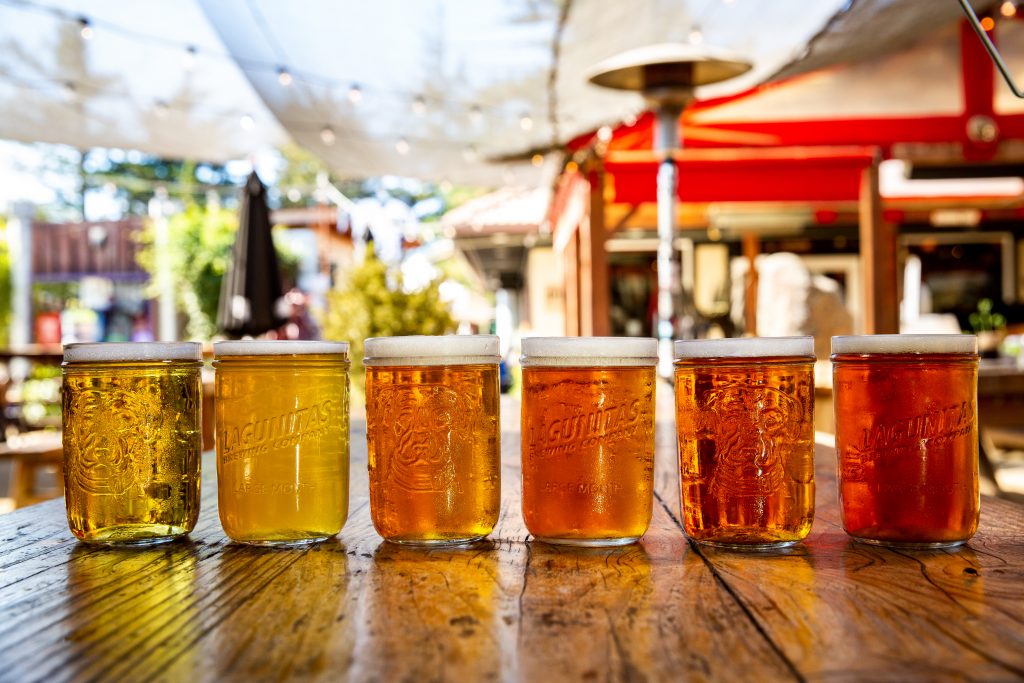
BREWING DOUBLE IPA
As brewers, it might seem simple to make a Double IPA: just pump up all the ingredients a set amount and you are good to go! In all reality, it is a bit more complicated. Say you are using a portion of caramel malt in your IPA. You decide to make a Double IPA by just upping your malt bill proportionally across the board. With this you are going to likely end with too much crystal malt character, making the beer sickly sweet and not dry and balanced as it should be. You need to analyze your malt bill and make the appropriate adjustments. Maybe you use a smaller proportion of slightly darker crystal malt to maintain color without overwhelming flavor.
Another consideration is hop charge. An increase in hops does not necessarily equate to proportional increase in IBU; the solubility of alpha and iso-alpha acids into a water solution is not a linear correlation to pounds used. You risk running into highly vegetal character that doesn’t fit with the style. For this reason, you find many craft brewers using hop extract; this concentrated product lets you get the IBUs without the vegetation. Lastly, you need to consider the dry hop. The same issues can plague you here as do in the brewhouse, namely that increasing the dry hop with the same hops can lead to an overly vegetal flavor. Check out our Dual vs Single Hop article for more info, ya nerd!
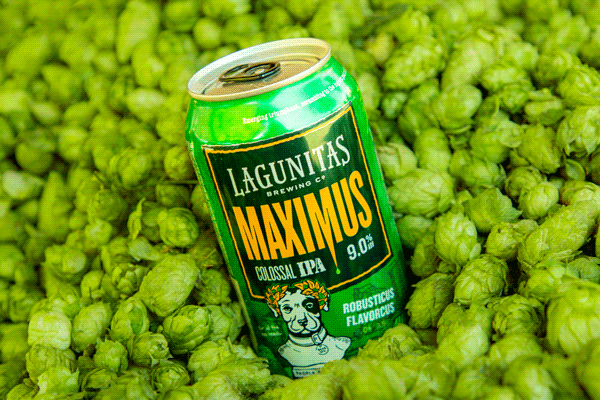
COLOSSALLY HOPPED
All of this leads us to Maximus, Lagunitas’ colossal IPA. To make this Double IPA we added more 2-row malt and wheat, while keeping a restrained amount of caramel malt. This results in a drier finish and more balanced beer. We also use hop extract in the brewhouse to get good efficiency on our IBU extraction. On the dry-hop side, we mix in some newer hops, as well as an overall increase in pounds per barrel of hops used. All of this leads to a beer with 9% ABV and 60.5 IBU that is scarily smooth and full of flavor.
Maximus Colossal IPA is a hoppy balance of spice, floral and berry notes from the massive dry-hop bill on a bed of smooth malted wheat, biscuity Munich malt, and English Crystal for a burnt-sugary snap.
We love our robusticus flavor double IPA … et tu?
Seize Some Maximus
